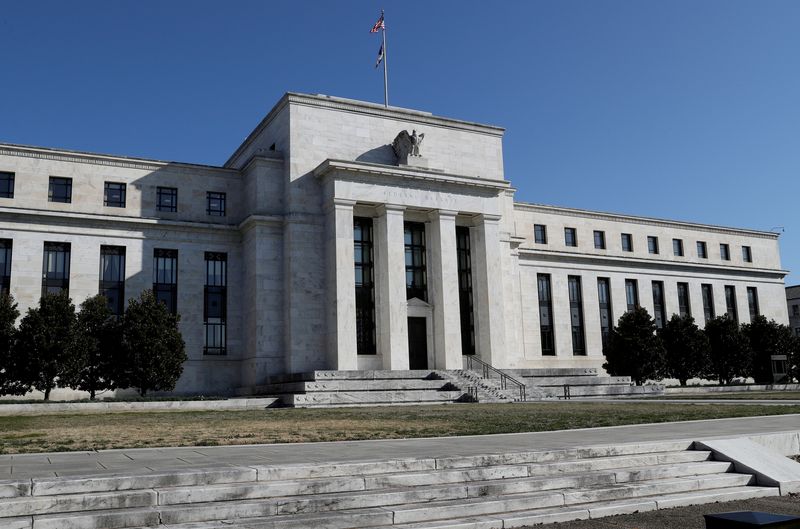By Howard Schneider and Ann Saphir
WASHINGTON (Reuters) - Another blowout jobs number will likely stiffen resolve at the Federal Reserve for a three-quarter-point interest rate increase at the central bank's July meeting, as the welcome news of a still-strong job market clashes with concern that it will eventually have to cool to ease inflation.
The U.S. economy added 372,000 jobs in June, a far larger-than-expected number that pushed private employment back above its pre-pandemic level and kept the unemployment rate at an ultra-low 3.6%.
(Graphic: Frequency of unemployment rates : https://graphics.reuters.com/USA-FED/JOBS/gdpzymnnavw/chart.png)
While the jobs data is likely to cool speculation of an impending recession, it could fuel uncertainty about whether the Fed will need to become more aggressive in using higher interest rates to slow the economy and bring consumer inflation down from the current 40-year high of more than 8%.
"I am fully supportive of moving 75 basis points" at the July meeting, Atlanta Fed president Raphael Bostic said on CNBC. "This report just reaffirms that the economy is strong and that there is still a lot of momentum in the labor market, and that is a good thing."
But that very strength, paired with "sky-high" inflation, could help make the case for further, aggressive rate hikes.
"We must be resolute, and we cannot fall short" in returning inflation to the Fed's 2% target, New York Fed President John Williams, who also cited an "incredibly tight" labor market, said on Friday in Puerto Rico.
Though Williams did not specifically call out his preferred rate-hike path, he made clear the Fed will battle inflation even at the cost of much slower economic growth and a rise in unemployment to "somewhat" more than 4%. Williams forecast growth at under 1% this year.
Both Williams and Bostic said they were seeing some early signs of the kind of slowdown that could help ease inflation without a deep hit to employment. Both promised to parse those signs against upcoming inflation reports as they weigh the risks to economic growth against the need to temper prices.
Several Fed officials have now endorsed a three-quarter-point increase at the upcoming policy meeting on July 26-27, with attention shifting to how inflation, jobs and other data respond, and what might need to happen next.
While employment is for now secondary to the headline inflation numbers in shaping policy, Fed officials regard the current job market as unsustainably tight, and data this week showed only preliminary evidence that was changing.
The pace of wage increases has declined for three months in a row. But hourly earnings are still rising at more than 5% annually. Job vacancy data for May showed there are still nearly two openings for each unemployed person, and the overall number of people either working or looking for work has shown little change since February - dashing Fed hopes of a steady rise in labor supply.
(Graphic: The jobs hole facing Biden and the Fed : https://graphics.reuters.com/USA-ECONOMY/JOBS/jbyprzlrqpe/chart.png)
Traders bet on bigger Fed rate hikes after the release of the June jobs report, with interest-rate futures contracts now reflecting a small chance the Fed raises rates by a full percentage point in July. Rate futures contracts reflect a base case view the Fed's policy rate will be in the 3.5%-3.75% range by year end, higher than Fed policymakers themselves predicted just three weeks ago.
"This calls into question...the narrative that recession is imminent," said Nela Richardson, chief economist for payroll processor ADP. "This is a bonus for the Fed. They can be aggressive."

In comments to reporters, Williams said the need to raise the target federal funds rate to around 3.5% by year end was clear given high inflation. But steps after that are less certain, he said, noting that recent moves in global commodity prices could begin aiding the Fed's inflation battle.
“How high we need to get next year really depends on what happens with inflation, inflation expectations, how much slowing we see in the economy," Williams said. "We are watching commodity prices move recently. It is a global thing. ... To the extent those reverse, that will create some disinflationary pressure.”